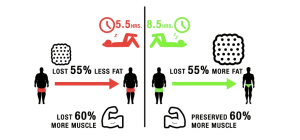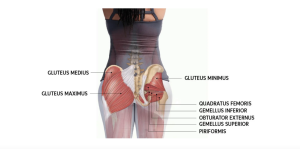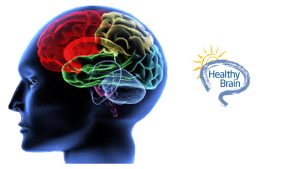Ten to twenty years ago a person experiencing back pain would most commonly be advised bed rest and immobilisation of the back. Research within the past 10 years has shown that inactivity weakens the muscles that support the spine. If this continues too long, it can prolong recovery or even make certain conditions worse. Exercise on the other hand increases muscle flexibility and strength. It also promotes healing by increasing blood flow to the injured site. Healthy muscles provide protection to bones and joints.
Individualised exercise program
Physical therapy involves the evaluation of an individual’s movement and physical capabilities. Also, body type and activity level in order to prescribe exercise and other physical means to help improve function. For certain conditions and diagnoses, your chiropractor at Chiro & Sports Med will develop a customised rehabilitation program. This is based on research of the most effective spine exercises. The exercise program’s pacing, specific exercises, and amount of practice with the chiropractor will vary. It all depends on the condition and the individual’s needs.
Different forms of exercise
A comprehensive rehabilitation program should consist of stretching, strengthening, and aerobic conditioning of the back and body. All three of these activities are important in your recovery.
-
- Stretching – Stretching exercises are important because any form of inactivity, especially where an injured back is involved, is usually associated with some progressive stiffness. Patients with chronic pain may find it takes weeks or months of stretching to mobilise the spine and soft tissues. Patients will find that the increase in motion provides meaningful and sustained relief of their back pain.
- Strengthening – Strengthening exercises are important in order to help prevent future recurrences of back pain. Especially if an episode of low back pain has lasted two weeks or more, a strengthening program such as McKenzie exercises, lumbar stabilisation training, and/or facilitation exercises is critical to long-term recovery.
- Aerobic Conditioning – Aerobic conditioning exercises are important as aerobically fit patients have fewer episodes of low back pain. They also experience less pain when an episode does occur. Well-conditioned patients are also more likely to maintain their regular routine. Whereas patients with chronic low back pain who do not work on aerobic conditioning are likely to lose their ability to perform daily activities over time. Exercise is especially helpful for patients suffering from Sciatica.
Exercise Anxiety
It is natural to feel anxious about exercising. However, it’s important to manage your exercise anxiety and fear of re-injury in order to regain normal muscle function. The basis for feeling anxiety about lower back pain lies in the central nervous system, which responds to pain by instructing the muscles near the affected part to protect against further injury. Physical training that specifically compels the muscles to improve their function can overcome this neurological barrier to normal muscle function.





